The Great North American Eclipse will take place on April 8, 2024, with the path of totality to include Texas, Oklahoma, Arkansas, Missouri, Illinois, Kentucky, Indiana, Ohio, Pennsylvania, New York, Vermont, New Hampshire, and Maine. Put on your eclipse glasses and get ready for a spectacular sight!
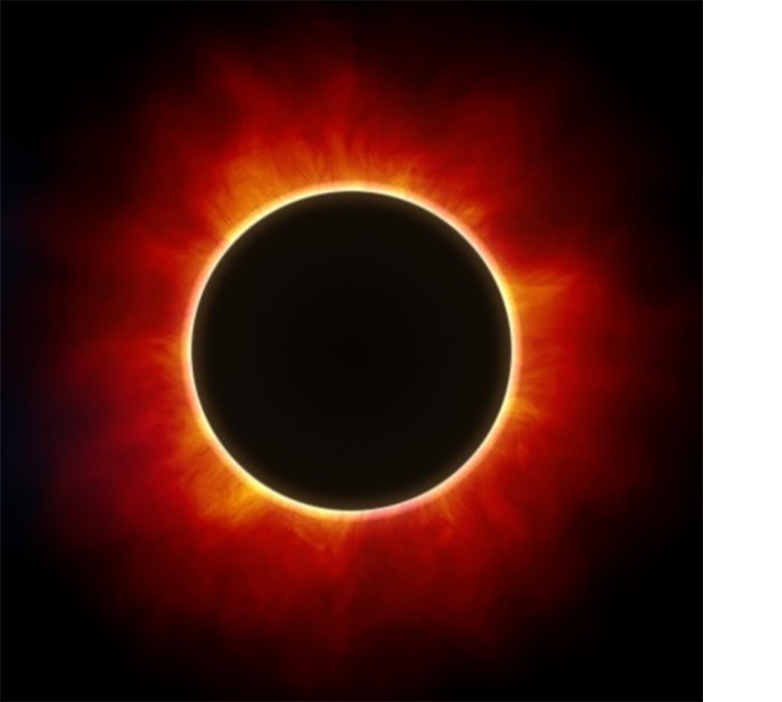
Eclipses occur when the sun, moon and Earth all come into straight line with each other. If you view a solar eclipse (or an eclipse of the Sun from Earth), the moon and sun look to be exactly the same size. They are not– this illusion happens because the sun is 400 times the diameter of the moon and the Sun is 400 times farther away than the moon.
While eclipses aren’t necessarily rare events (in fact, as many as 5 solar eclipses can occur on Earth in a year), eclipses are typically only visible for a fraction of the Earth, and if you’re in the path of totality, it’s likely your specific location won’t experience a total solar eclipse again for about 375 years! With that in mind, here are some eclipse-themed activities and resources to make the most of this once in a lifetime event.
______________________________________________
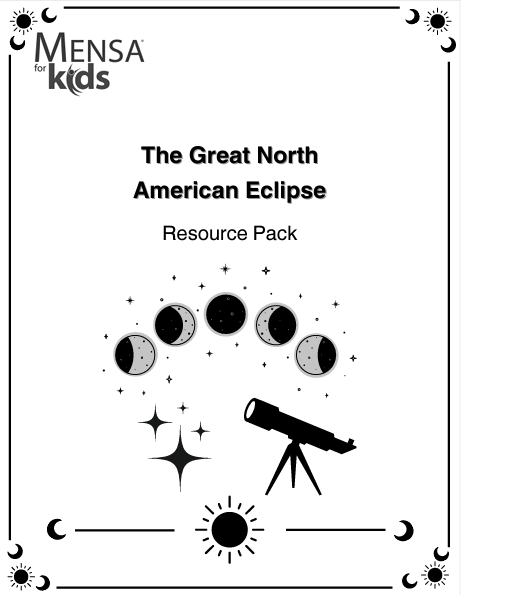
______________________________________________
Create a Photo Essay

Photo essays are a great way to document a moment in history and tell a story. Whether you attend an eclipse viewing event or are watching the eclipse from your neighborhood, you can photograph how you experienced the eclipse in your corner of the world. For this activity, you’ll need a camera or smartphone, and you may want access to photo editing software. As you photograph the event, keep in mind the following:
After you’ve selected your favorite photos, you may want to write captions for some or all of them. Thoughtful captions are key to a well-crafted photo essay! Keep your captions brief and don’t describe the obvious – instead, use your captions to provide context a viewer might not get from just looking at an image.
Eclipse Observations
A solar eclipse presents an opportunity to make observations about the Earth and sky that might not always be possible under normal conditions. Brainstorm ideas about how a solar eclipse can impact life on Earth and think about how you can observe and/or test your ideas. Here are some ideas to get you started:
Animal behavior – in what way does a solar eclipse change how animals behave? What theories do you have about their behavioral changes? Select an eclipse viewing location that’s near a number of animals and arrive at least two hours before the eclipse’s first contact so you can document the animals’ behavior before the eclipse begins. Then, as the eclipse progresses, make note of their movements and sounds. Are there any changes? If so, are they what you expected?
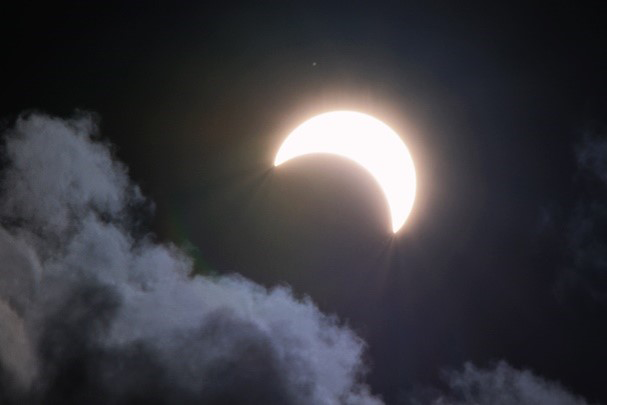
Temperature differences – solar radiation heats our planet. As the moon’s shadow blocks sunlight on Earth, you could notice a drop in temperature, especially if you’re in the path of totality. Record the temperature prior to the eclipse’s first contact, check the temperature periodically throughout the event and make note of the changes you observe. You can also compare your findings with someone who observed the eclipse from a different location.
Cloud changes – temperature plays an important role in cloud formation, and you may notice a solar eclipse can affect clouds in the sky. As the atmospheric temperature lowers, low-level clouds can begin to dissipate. Read up on different types of clouds, and before the eclipse begins, take note of any clouds you see. Throughout the eclipse, pay attention to the low-level cloud types and document whether or not they dissipate.
Looking for more inspiration? Read about the experiments NASA is conducting during the 2024 eclipse.
Write an Eclipse Myth
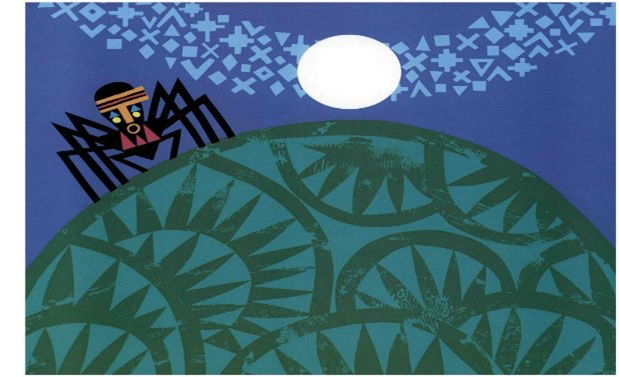
Myths are foundational stories that are told over generations as a way to explain the seemingly unexplainable parts of the world around us. Myths are sometimes supernatural or fantastical, and they aren’t rooted in science or fact. Still, they’re an important part of their culture of origin, and they can tell us a lot about how a given group of people understood their place in the universe.
Cultures from around the world have all sorts of myths associated with eclipses. Ancient Greeks, for example, thought an eclipse meant the gods were unhappy with the king. Siberian folklore tells that a vampire is eating the sun. The Inuits believed an eclipse represented a reunion of the moon god Annigan and his sister, the sun goddess Malina. Trickster stories from across the globe have fairies blocking out the sun for fun or little boys catching the sun in a net.
Get into the celestial spirit by creating your very own eclipse myth. Imagine you exist in a time and place where the scientific explanation of how and why an eclipse occurs are unknown to you. What story could you create to explain the eclipse? As you create your story, keep in mind that a myth should:
Don’t forget to identify key figures in your eclipse mythology, and your myth should tell a complete story with a beginning, middle, and end.
Need a little more background information before getting started? Check out Mensa For Kids’ lesson plans, An Introduction to Greek Mythology and The Art of Storytelling.
Eclipse Blackout Poetry
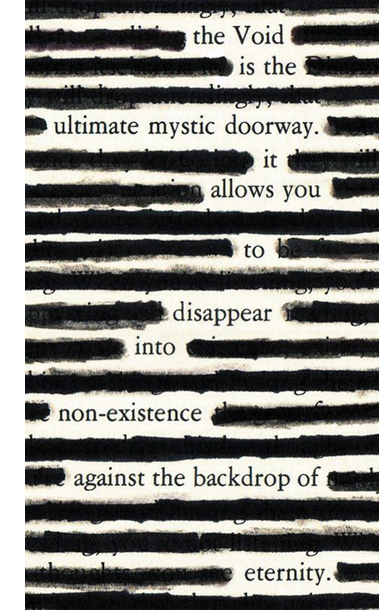
Blackout poetry is a form of poetry that’s created by taking an existing written work and covering, or blacking out, words. The uncovered words and phrases that remain create a poem that has an entirely new meaning. Blackout poetry seems especially fitting for an eclipse – here’s what you’ll need to do to create your own:
|
|
Make an Eclipse-Themed Time Capsule
The April 8, 2024, eclipse will be the last time a total solar eclipse is visible in most of the United States until August 23, 2044, which makes it a perfect opportunity to create a time capsule. Build your own time capsule, and when the next total solar eclipse comes around in 20 years, you can relive how you experienced the Great North American Eclipse. Think about how old you’ll be then, and what kind of message you want to send to your future self.
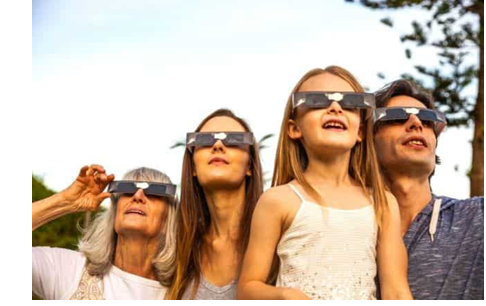
Things to include:
|
|
Creative Problem-Solving Prompts, Eclipse Edition
These prompts were designed to mimic Odyssey of the Mind spontaneous verbal problems. Use them to get your kids and students thinking critically and creatively as you prepare for the eclipse. These work best with a group, where each participant has a turn to answer, but you can modify it to fit your needs. Make this activity more challenging by imposing a time limit and/or awarding points for especially creative answers.
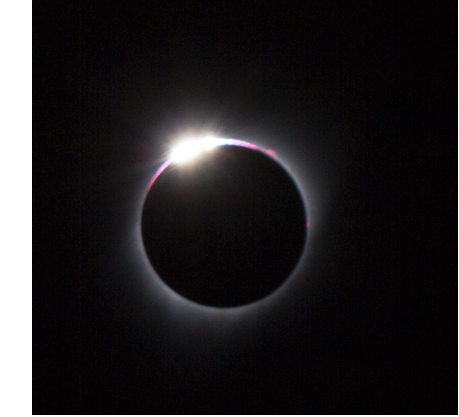
When you’ve finished the story, feel free to repeat the story with the required lines in a different order, or replace some of the required lines with lines you’ve written.
Recommended Links
For more eclipse-themed reading and activities, check out these resources:
Eclipse2024.org – A one-stop shop for all sorts of eclipse content, including educational material, eclipse simulation videos, eclipse times for cities in North America, and more
Young Mensan Magazine – The space-themes winter issue of this magazine for Young Mensans by Young Mensans contains eclipse trivia and quick ’n’ easy activities to try at home.
Math Challenges – A collection of real-world math exercises used by scientists who study eclipses, created by NASA in preparation for the 2017 solar eclipse.
Recommended Reading: 2024 Eclipse – A reading list created by Baylor University’s School of Education to prepare young learners for the Great North American Eclipse.